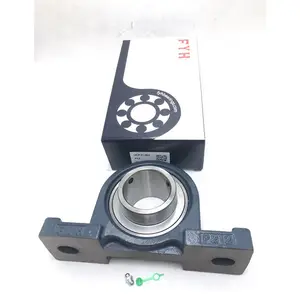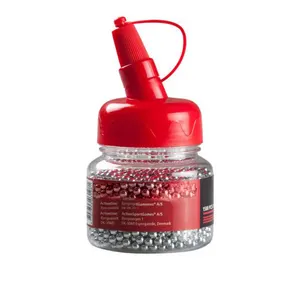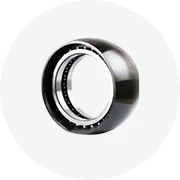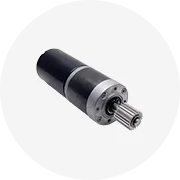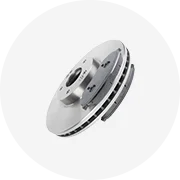ได้รับความนิยมในอุตสาหกรรมของคุณ






กระจกมองหลังรถกอล์ฟกระจกมองหลังแบบนูนพิเศษ
พร้อมส่ง
฿140.74 - ฿166.66
การสั่งซื้อขั้นต่ำ: 10 ชุด
การจัดส่งต่อชิ้น: ฿315.91






กระจกมองหลังรถยนต์มุมกว้างปรับได้360องศา, กระจกส่องจุดบอดเพื่อความปลอดภัยของล้อหน้าและหลัง
฿22.97 - ฿34.45
การสั่งซื้อขั้นต่ำ: 40 ชิ้น
การจัดส่งต่อชิ้น: ฿1,310.30






80เซนติเมตรใหม่มาถึงความปลอดภัยการจราจรเตือนในร่มกระจกนูนสำหรับรถ
฿111.11 - ฿1,111.05
การสั่งซื้อขั้นต่ำ: 100 ชิ้น



ชิ้นส่วนรถยนต์ที่มีคุณภาพสูงกระจกมองข้างสำหรับ Hyundai Atos 04 'OEM No 87620-06201 87610-06201กระจก NANUAL
฿37.04 - ฿3,703.49
การสั่งซื้อขั้นต่ำ: 20 ชิ้น





อัตโนมัติสำหรับHyundai ATOS EON 2011ด้านข้างกระจกคู่มือ87610-4N600 87620-4N600
฿488.12 - ฿569.60
การสั่งซื้อขั้นต่ำ: 100 ชิ้น












CARVAL/AUTOTOP AUTO PARTS JH02-ATS01-013 OEM R 87620-02100 L 87610-02100 กระจกสำหรับ Atos 98-01
฿263.88 - ฿305.54
การสั่งซื้อขั้นต่ำ: 1 ชิ้น






กระจกรถ Fit สําหรับ Hyundai Kia รถเกาหลีไฟฟ้าพับกระจกมองหลังพร้อมกระจก LED 87610-3w000 87620-1e550 87610-b8000
฿740.70 - ฿3,666.45
การสั่งซื้อขั้นต่ำ: 1 ชิ้น
การจัดส่งต่อชิ้น: ฿1,757.31






Jmen ไต้หวันสำหรับฮุนไดกระจกมองข้างและรถด้านหลังกระจกปีกผู้ผลิตรถยนต์รถยนต์ร่างกายอะไหล่
฿329.62
การสั่งซื้อขั้นต่ำ: 10 ชิ้น
หมวดหมู่ยอดนิยม
เกี่ยวกับ กระจกมองข้างฮุนได atos
Alibaba.com นำเสนอผลิตภัณฑ์ 72 กระจกมองข้างฮุนได atos มีตัวเลือก กระจกมองข้างฮุนได atos จำนวนมากให้กับคุณ เช่น universal, 2 และ fitคุณยังสามารถเลือกได้จาก สำหรับ toyota, bmw และ honda กระจกมองข้างฮุนได atos อีกทั้งจาก กระจกมองหลัง, ด้านหลัง และ บลูทูธ กระจกมองข้างฮุนได atos. และไม่ว่า กระจกมองข้างฮุนได atos จะเป็น แก้ว, พลาสติก

